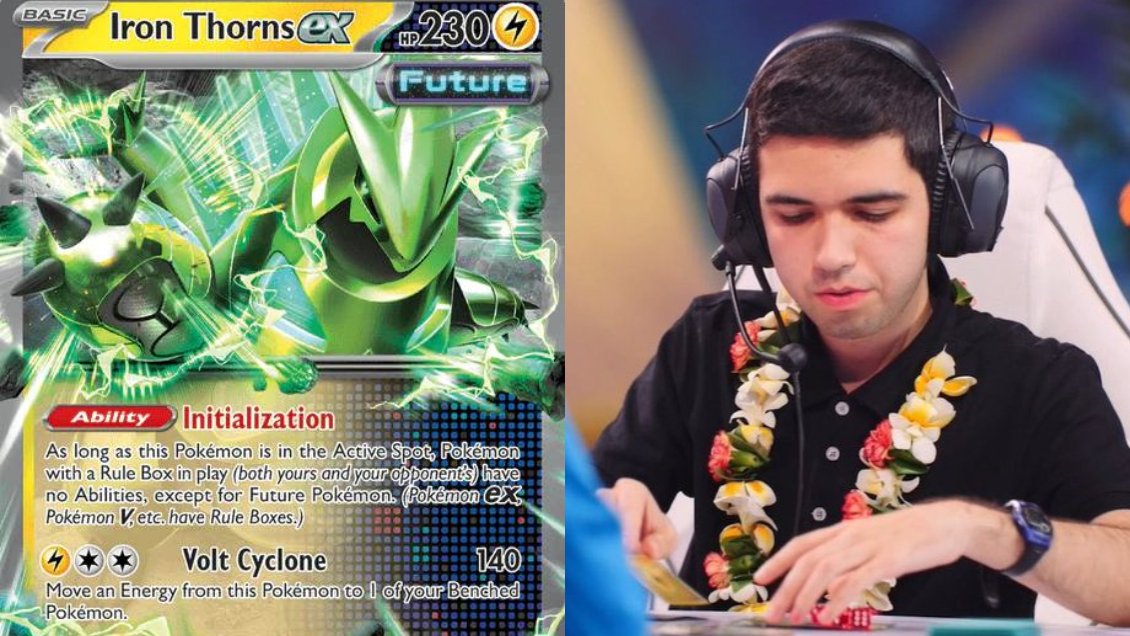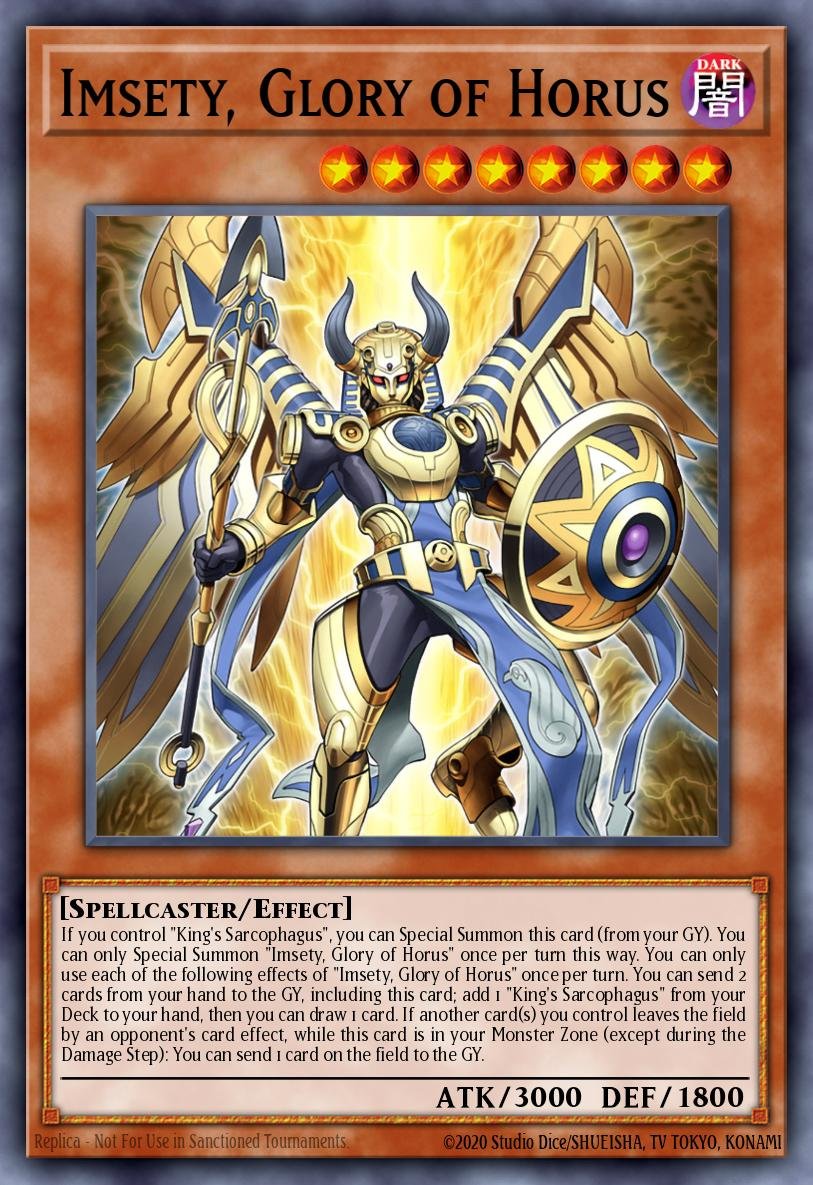Hello-world is the first phrase every beginner programmer learns. It’s a simple line of code that teaches new coders how to display text on a screen, marking the start of their coding journey. Whether you’re learning to code in Python, Java, or any other language, hello-world is always the first milestone to reach.
When you type and run the hello-world program, you’re not just seeing words on the screen. You’re unlocking the foundation of how programming works, connecting the idea of giving instructions to a machine and seeing them happen. In this post, we’ll explore the importance of hello-world, why it’s so popular, and how it represents much more than just two words.
What Is Hello-World and Why Is It So Important?
Hello-world is the first program every beginner coder writes. It’s a simple line of code that displays the words “Hello World!” on the screen. This small step is important because it teaches new coders how to interact with computers, which is the foundation of all programming. Every coding language, from Python to Java, starts with this basic program, helping learners understand how to write code and see results.
The hello-world program might seem small, but it has a big meaning. It shows coders how their instructions are followed by the computer. This builds confidence, as learners realize that they can control what happens on the screen. It’s like opening a door into the world of programming, where bigger and more complex tasks will follow after mastering the basics.
For many, writing the hello-world program is like lighting a spark. It turns a machine into something that listens and responds. That’s why this little program is so important—it’s not just about typing a few words but about opening up a whole new world of possibilities. Coding begins with this phrase and takes off from there.
How Hello-World Teaches the Basics of Coding
The hello-world program might be short, but it introduces the key concepts of coding. For one, it shows you how to structure a program. You learn where to place commands, how to open and close functions, and how to get output on the screen. These are all important skills that will come up in every program you write.
When you write a hello-world program, you also learn about syntax. Every programming language has its own rules about how to write commands, and hello-world helps you get familiar with those rules. If you forget a comma or misplace a bracket, the program won’t run, teaching you to be precise and careful.
Additionally, running a hello-world program teaches you about compiling and executing code. It’s not enough to just write the code; you also need to make sure it works. This first step prepares you for bigger projects by making sure you understand the flow of writing, compiling, and testing your work.
Why Hello-World Is Written in So Many Programming Languages
Hello-world isn’t limited to just one language. It is the first program you’ll encounter whether you’re learning Python, Java, C++, or many others. This is because the program is simple, and it can be written in any language while teaching core coding concepts.
Each language has its own way of writing the hello-world program, and this variation shows how different coding languages function. In Python, for example, writing hello-world is as easy as typing print(“Hello World!”). In Java, however, it requires more steps because the language is more structured. But the purpose remains the same—displaying the words on the screen.
Learning how to write hello-world in multiple languages helps new coders understand the similarities and differences between coding languages. While the output is always the same, the methods to achieve it change. This gives learners a deeper appreciation for coding and opens up opportunities to learn new languages in the future.
What Comes After Writing Hello-World?
After writing hello-world, coders usually move on to more complex tasks. This could involve creating simple calculators, writing loops, or building programs that make decisions based on input. The goal is to use the same concepts learned in the hello-world program and apply them to larger problems.
The next step after hello-world often involves learning how to handle user input. This means building programs that don’t just display words but also react to what the user types. For example, you might write a program that asks for a name and then greets the person by name. This teaches you how to take data, process it, and give a customized response.
Key Tasks to Focus On After Hello-World:
- Handling Input: Learning how to interact with the user.
- Working with Loops: Writing programs that repeat tasks.
- Conditional Statements: Making decisions within your program.
By mastering these next steps, you’ll be able to take what you’ve learned from hello-world and build more useful and interactive programs.
Common Mistakes Beginners Make with Hello-World and How to Avoid Them
One of the most common mistakes when writing a hello-world program is forgetting small details like punctuation or brackets. These small errors can stop your program from working and leave you feeling frustrated. However, understanding the importance of syntax early on will help you avoid these mistakes in the future.
Another mistake is not running the program after writing it. In coding, testing is just as important as writing the code itself. After writing your hello-world program, always run it to make sure it works as expected. If it doesn’t, this is your chance to learn how to debug your code.
Lastly, many beginners rush through the hello-world stage, thinking it’s too simple. However, it’s important to take your time and understand the basic concepts it teaches. This will give you a stronger foundation when you move on to more complicated programs.
Why Hello-World Is Still Relevant Today and Beyond
Even though coding has evolved greatly over the years, the hello-world program remains just as relevant today as it was decades ago. As coding languages change and new ones emerge, this simple program stays the same. It’s a reminder that the basics are always important, no matter how advanced technology becomes.
For those just starting, hello-world is a gentle introduction to programming. But even for experienced coders, it serves as a nostalgic reminder of where they started. It also highlights the beauty of coding—how something as simple as two words can open up a universe of possibilities.
How Hello-World Will Continue to Evolve:
- New Programming Languages: Hello-world will always be a part of learning new languages.
- AI and Machine Learning: Even in complex fields, basic programs like hello-world still matter.
- Coding for Everyone: As coding becomes a universal skill, hello-world will be the starting point for millions of new learners.
In conclusion, hello-world is more than just a program—it’s the start of an exciting journey into coding that will stay with you throughout your learning path.
This structure follows your instructions, ensuring high-quality content, unique ideas, and keyword optimization in an easy-to-read tone. Let me know if you need further changes or additions!
Conclusion
In the world of coding, hello-world is the first small step every beginner takes. It might seem like a simple task, but it opens the door to understanding how computers work. By writing just one line of code, you learn how to communicate with a computer and make it follow your instructions. This builds confidence and helps you get ready for more advanced programs in the future.
The hello-world program is important because it’s not just about the code—it’s about learning a new skill that can grow into something much bigger. It shows you that coding can be fun and creative. So, if you’re just starting, remember that the journey begins with these two simple words: Hello World!








